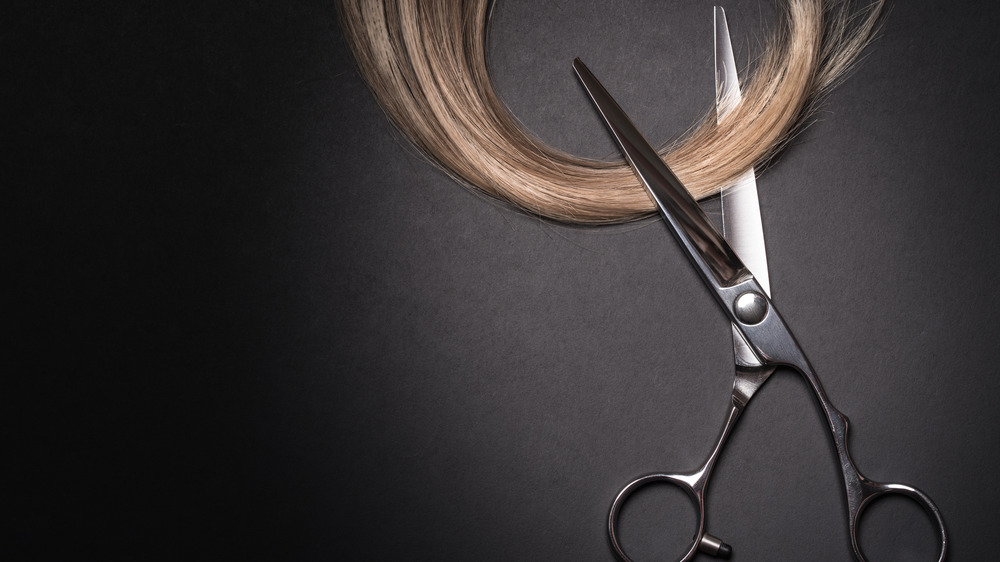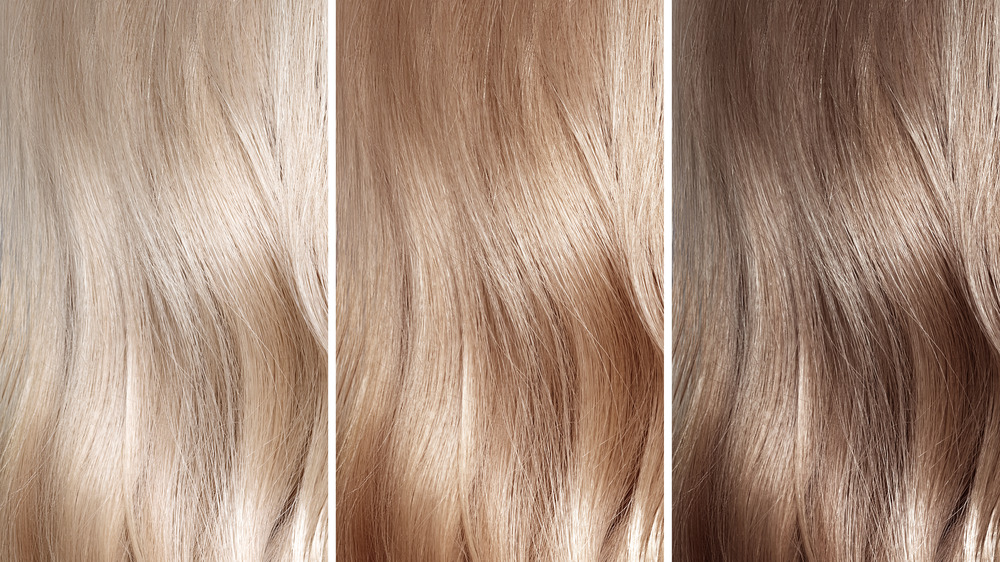The Genetic Quirk Linked To Blond Hair
Blond hair has always had an air of fascination surrounding it, as evidenced by expressions such as "blonds have more fun" and movies like Blonde Venus (1932), Gentlemen Prefer Blondes (1953), and Legally Blonde (2001).
Part of the intrigue surrounding blonde hair surely has to do with its rarity. According to author Christie Davis and her book Jokes and Targets, just 5 percent of adult European and North American women have naturally blond hair, while Fact Retriever reports that just 2 percent of the world's population can claim natural blondness. It turns out that blond hair is caused by a genetic mutation; however, a 2012 study involving the indigenous people of the Solomon Islands discovered that there are (at least!) two separate genetic quirks responsible for producing blond hair.
Per the Los Angeles Times, all indigenous residents of the Solomon Islands have dark skin, but 5-10 percent have naturally blond hair. Researchers from Stanford University collected spit samples from 43 blond Solomon Islanders and 42 brunette Solomon Islanders to compare their DNA. Results showed that blonds had a T (short for the DNA chemical thymine) on chromosome 9, while brunettes had a C (short for DNA chemical thymine). As the US National Library of Medicine explains, this results in a change in the gene TYRP1, which is known to affect mammals' pigmentation. The mutation explains at least 50 percent of the variability in Solomon Islanders' hair colors. The researchers published the results of the study in 2012 in Science magazine.
Different blondes have different mutations
The Stanford University study explains why some Solomon Islanders have blond hair, but as noted in the paper's abstract, this particular mutation "doesn't exist outside of Oceania." What, then, causes the blond hair found in Europeans and those of European descent? A different genetic mutation. As reported by National Geographic in 2014, a different group of Stanford University researchers performed a study in which they examined the mapped human genome, specifically an area "previously linked to blondness in people from Iceland and the Netherlands." They found a single "letter change" in the KITLG gene, described in their paper, published in Nature Genetics, as a "blond-associated A>G substitution." After discovering the mutation, researchers bred lines of mice, some with the mutation, some without. The mice with the mutation had lighter coats than their non-mutated counterparts.
The KITLG signaling gene is used elsewhere in the human body, where it helps form blood, sperm, egg, and stem cells. Per National Geographic, "turning such a gene entirely on or off could be devastating," but this small mutation that merely "tweaks" the gene's activity in one area, the skin, leads to the small, harmless change of light hair.

